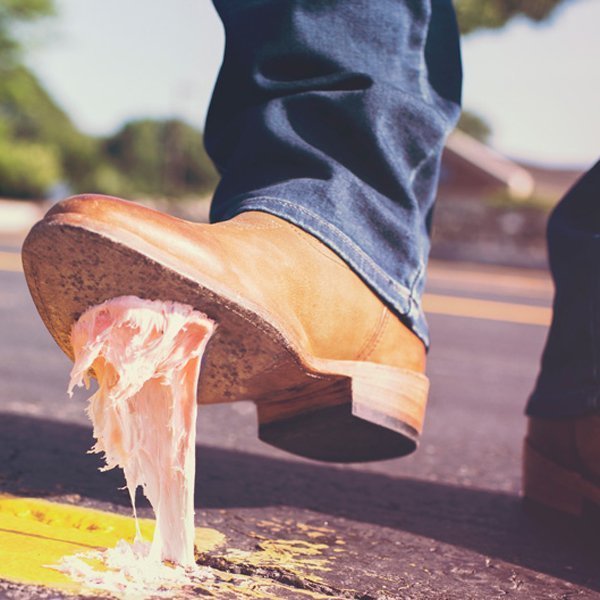Floor pads vs brushes
New to floor cleaning? Confused about what type of pad or brush you should use? Read on:
Using floor machines during your floor maintenance procedures will make the job easier and less time-consuming.
Often, customers feel that they are just not getting the cleaning performance that they are looking for and it’s often not the machine it’s the type of brushes or pads that they may be using.
Choosing the correct pads or brushes for their floor surface is critical in achieving the cleaning performance that they’re looking for.
PADS – Usually in the commercial industry, finished floors tend to be smooth surfaces such as VCT tile or marble tiles where you will be dealing with spills and stains and maybe light dusts. For these types of floors, pads will do a much better clean as they have a larger surface area than a brush. If the floor surface has a finish or a coating applied to it, this makes the clean even easier as any dirt or residue is contained to the surface and not absorbed into any pores in the floors surface.
Pads come in a variety of colours and coarseness.
White is the softest followed by the red which is usually the most common pad for general cleaning.
Blue and green are next and these tend to be used to scrub heavier soils and marks. Green being slightly more abrasive and shouldn’t be used on polished floors unless the aim is to knock back the polish before re-coating. If you were looking to strip back polish, then the black pad will be the one for you. This is best used on a slow speed scrubbing machine.
Before using your pads, it is very important to check them over to make sure they are not loaded up with dirt or other debris which may damage your floor.
Pads can be flipped over so both sides can be used. They are also relatively inexpensive to replace so it is worth replacing them rather than trying to use them when they are worn or too dirty.
BRUSHES – Brushes are similar to pads in the way they come in a whole range of choices from the type of bristle to the thickness of the bristle. Generally bushes are used on industrial floors such as concrete where a more aggressive clean is required however they can also be used on most types of flooring, old and new.
There are advantages to using a brush rather than a pad.
Brushes will allow for a more continuous use as you are not having to stop to change pads and also if maintained well, they will be more cost effective over pads.
A manufacturer such as Tennant will typically supply a brush for every need offering a soft white nylon brush, a black polypropylene brush and then a grey, super abrasive grit brush.
The soft nylon brush is a good choice if the operator is concerned about damaging any expensive flooring.
The black Polypropylene brushes are perfect for cleaning up larger pieces of debris due to their flexibility and sweep capacity.
The polypropylene bristles are less abrasive on floors than steel brushes but are still incredibly effective in the extraction of debris and dust.
The abrasive grit brushes are usually reserved for the roughest of floor types or floors with lots of grout. These brushes are extremely durable and because of their construction, they are more expensive.
CYLINDRICAL BRUSHES – There are some machines which will hold cylindrical brushes, and like the disc brushes there are different types of bristles depending on your floor finish. Cylindrical brushes are designed to sweep and scrub at the same time.
They tend to have two brushes underneath the machine spinning at a high rpm and with a catch tray underneath, any small debris can be caught underneath so if you didn’t pre sweep or are trying to save on labour this is where the cylindrical brushes can be of an advantage as you are sweeping and scrubbing at the same time.
If you are in any doubt over what pad or brush is best for you, give our team a call on 01903 755128 and we’ll be happy to discuss your options.

















